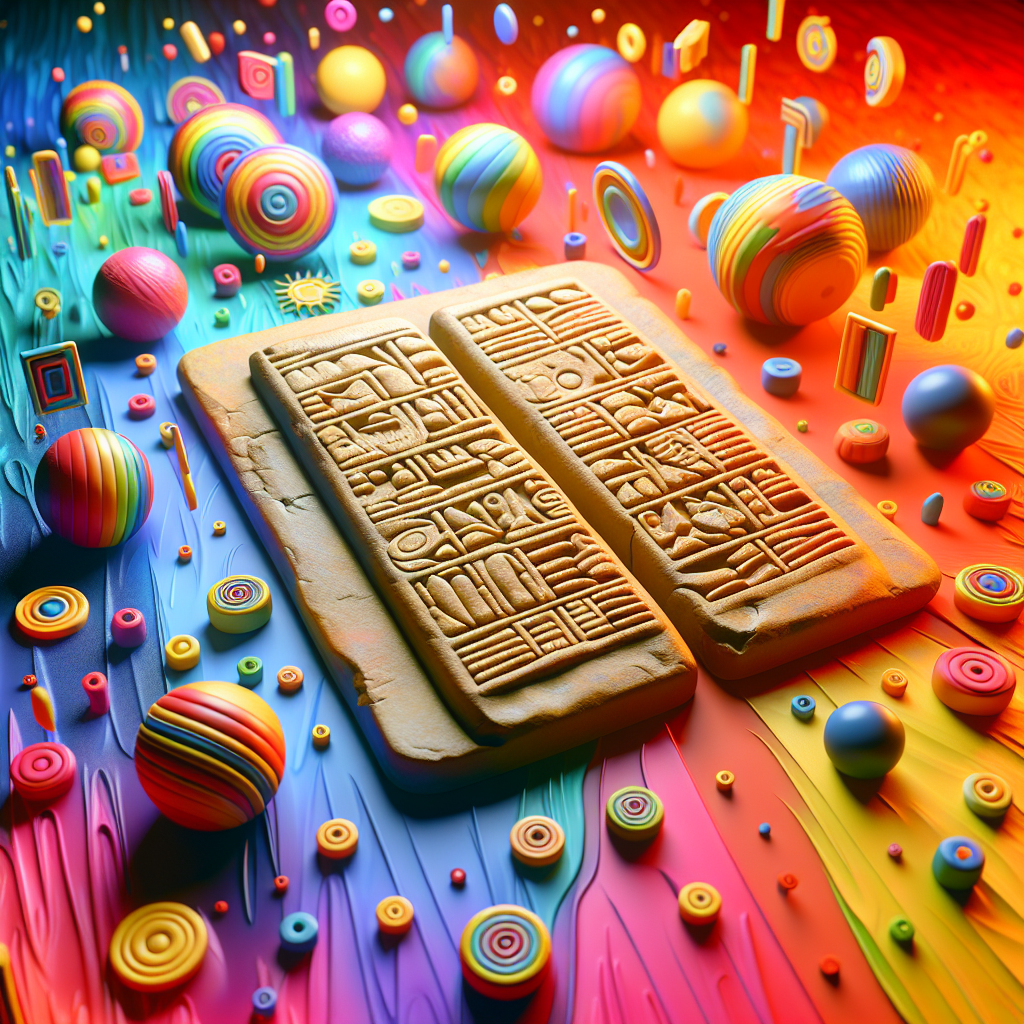The Intriguing World of Pyrgi Tablets: A Historical Detective Story
It was a bit like discovering a long-lost message in a bottle when archaeologists uncovered the Pyrgi Tablets—a discovery that electrified the archaeological world. These ancient artifacts were found near the small town of Pyrgi, a site on the central western coast of Italy, in 1964. Written in two distinct languages, Etruscan and Phoenician, these tablets provide a remarkable look into ancient communication and relationships between people often shrouded in mystery.
What Are the Pyrgi Tablets?
The Pyrgi Tablets are three gold leaves dating back to between 500-460 BCE. Imagine thin sheets of gold, inscribed with texts that are essentially fragments of a ‘linguistic Rosetta Stone’. These tablets were created during a period when the Etruscan civilization was thriving, surrounded by vibrant Mediterranean cultures like the Greeks and Phoenicians. The tablets were an offering to the goddess Uni, equivalent to the Roman Juno and the Greek Hera.
The Fascinating Languages Inscribed
What makes the Pyrgi Tablets particularly thrilling is the bilingual nature of the inscriptions. One tablet is in Phoenician, and two are in Etruscan, making it one of the few texts where we see Etruscan clearly translated. The Phoenician language, primarily associated with ancient Lebanon, was part of a larger network of Semitic languages. Meanwhile, the Etruscan language is a tantalizing puzzle, not belonging to the Indo-European family and thus presenting a unique challenge to linguists.
Unveiling Connections Across Cultures
These inscriptions provide a remarkable insight into cultural exchanges of the ancient Mediterranean, a window into how societies interacted. The Phoenician tablet contains a dedication to the goddess Astarte, intertwined with the Etruscan’s worship of Uni. It suggests a possible religious syncretism where local and foreign beliefs might have merged in this vibrant epoch.
What Do the Tablets Tell Us?
One of the primary messages of the Pyrgi Tablets is an announcement by the top official, Thefarie Velianas, affirming his devotion to the goddess. It illustrates the fusion of political power with religious fervor. Such inscriptions were often meant to convey messages to both the divine and the earthly audience, showcasing Etruscan rulers' attempts to legitimize their power through religious credentials.
The Discovery and Its Impact
When these tablets were unearthed by Italian archaeologist Massimo Pallottino, they sparked extensive scholarly interest and research. Their discovery has immensely contributed to our understanding of languages from the era and revealed the nuanced diplomatic ties between the Etruscans and Phoenicians.
Reassessing Linkages
The tablets challenge us to reassess long-held perceptions about these ancient civilizations. They demonstrate that the Etruscans, often perceived as isolated, played an integral role in a connected Mediterranean world. This connection reveals a thriving corridor of trade, culture, and ideas spanning oceans.
Modern Implications and Lasting Influence
The Pyrgi Tablets' discovery is not merely a glance into the past; it offers lessons in globalization’s history, illustrating how cultural exchanges shaped societies. They are profound reminders of humanity's innate curiosity and the relentless pursuit to connect and understand each other beyond linguistic barriers.
A Never-Ending Journey for Knowledge
These tablets are a treasure trove of knowledge about the Etruscans, a civilization that continues to intrigue and inspire. Scientists and historians continue to study them, keen to decipher every detail. Such perennial pursuits ignite our passion for learning and highlight the continuity of human curiosity.
Ultimately, the Pyrgi Tablets bridge millennia, drawing the ancient closer to us. Every insight gleaned from them is like waking up the whispers of those who traversed the same earthly paths, touched the same skies, and gazed at the same seas as we do today.

